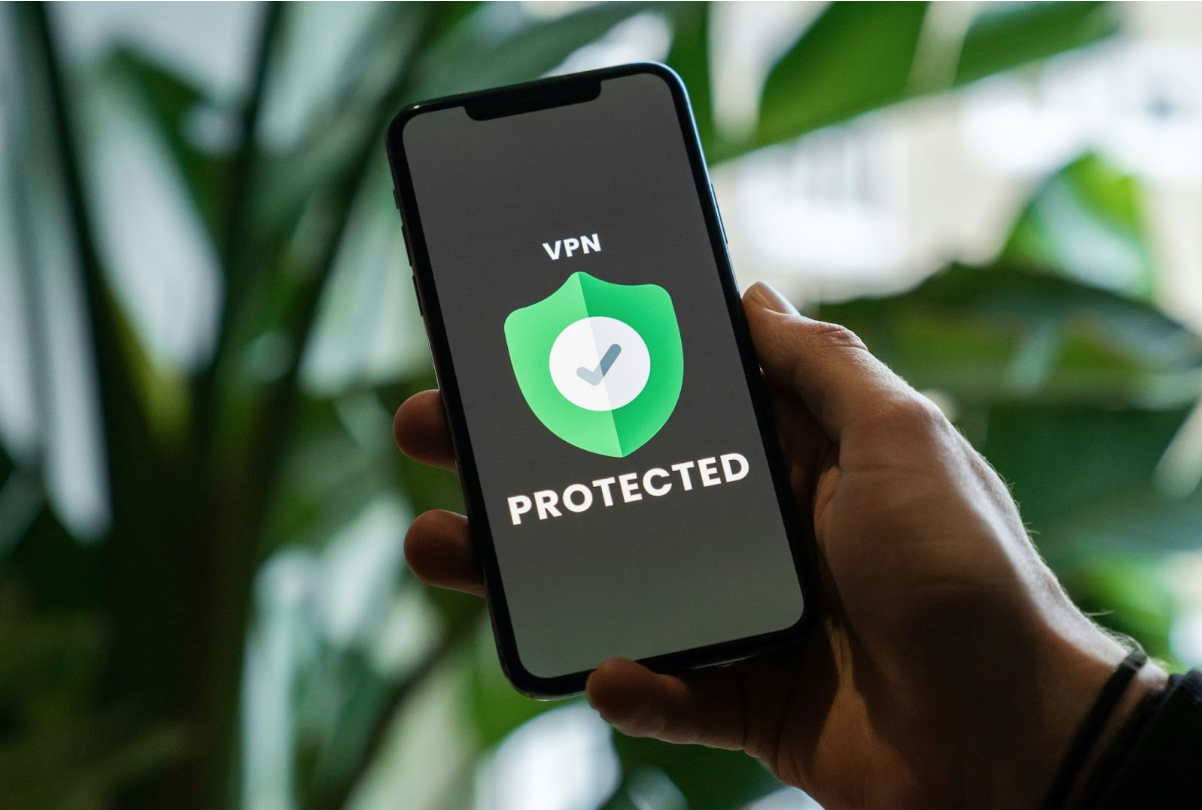The Top Cyber Security Threats of 2024 and How to Mitigate Them

As cybersecurity threats become more sophisticated, businesses need to stay informed on the latest developments to protect their networks, systems, applications, and data. One of the most prominent cybersecurity threats in 2024 is the use of artificial intelligence (AI) in phishing attacks and deep fakes.
Hackers are leveraging AI algorithms to create highly realistic phishing emails and videos, making it increasingly difficult for users to detect malicious content. These attacks exploit human vulnerabilities and trick individuals into revealing sensitive information or taking harmful actions.
This means organisations are facing a myriad of network security threats that pose significant risks to their operations and sensitive data. In this article, we will explore the top cybersecurity challenges of 2024 and provide insights into effective mitigation strategies. By staying informed about these evolving threats and taking proactive measures, businesses can safeguard their networks and protect against potential cyber-attack
Sophisticated Cyber Criminals
Cyber criminals are expected to become more sophisticated in their attacks, leveraging advanced persistent threats (APTs) that are highly targeted, stealthy, and aimed at stealing data or disrupting operations over long periods of time. Businesses should implement security controls like zero-trust architecture, multi-factor authentication, endpoint detection and response solutions to identify threats and prevent unauthorised access.
Insider Threats
Insider threats from employees, contractors or partners with access to sensitive systems and data can result in data breaches or IP theft. A 2023 Identity Security Threat Landscape Report by CyberArk revealed that 68% of security professionals are concerned about insider threats from employee layoffs and churn.
To avoid this, businesses should implement least privilege access, monitor user activity, and educate employees on data security best practices to mitigate insider threats.
Supply Chain Attacks
Cyber criminals often target third parties to infiltrate the networks of larger organisations. Businesses should vet suppliers’ cybersecurity standards, use technologies like blockchain to enhance transparency and security across supply chains, and compartmentalise access to sensitive data.
Emerging Technologies

While innovations like 5G, AI and IoT can drive efficiencies, they also expand the attack surface with every new device and connection introduced. Security should be baked into emerging tech deployments via strategies like zero-trust access, microsegmentation, and endpoint security.
IoT and Mobile Devices
The massive growth in IoT and mobile devices expected by 2024 provides more endpoints for cyber criminals to target. Businesses must secure every endpoint through measures like continuous patching, device encryption, password management, and mobile threat defence.
AI and Machine Learning
While AI and ML provide opportunities to automate threat detection, cyber criminals are also leveraging these technologies for more impactful attacks. Businesses should monitor systems for anomalous activity, sandbox new models before deployment, and continually tune systems to the latest threats.
Social Engineering Attacks
With remote work expanding attack surfaces, one of the biggest threats comes from human targets via phishing, business email compromise attacks and deep fakes aimed at manipulation. Security awareness training, email authentication, multi-factor authentication can help mitigate these threats.
Phishing
Employees can be the target of phishing attacks aimed at stealing credentials or spreading malware. Implementing DMARC email authentication and teaching employees how to identify and report phishing attempts is key to defence.
Deepfakes and Disinformation
Advances in AI like generative adversarial networks (GANs) allow cyber criminals to create hyper-realistic content aimed at manipulating targets. Businesses should leverage deep fake detection tools and educate employees on identifying such threats before taking requested actions.
Data Protection Threats
From ransomware to business email compromise, attacks aimed at extorting sensitive data or funds are expected to rise in 2024. Measures like zero-trust access, least privilege permissions, air-gapped backups and incident response plans are key to navigating such threats.
Ransomware
Ransomware attacks are increasing in frequency and impact, using encryption to block access until a ransom is paid. Preventative measures like system compartmentalization, secure remote access and air-gapped backups can limit damage.
Data Destruction
Beyond just denying access or extorting money, malicious attacks are also aimed at destroying or manipulating sensitive data and IP. Securing data via encryption and access controls, combined with immutable backups is key to recovery.
The Road Ahead
As cyber threats continue to increase in complexity, businesses must implement multi-layered defences across people, processes and technology. Zero-trust architecture, least privilege access, endpoint security, and employee education are just some of the investments organisations need to make to stay secure in 2024 and beyond.
For comprehensive IT solutions and support to safeguard your business, consider TechGenius’s proven track record in IT security. Our expertise spans various services including cybersecurity, as well as server and network maintenance. Contact us for a free consultation to discuss your specific needs today.



